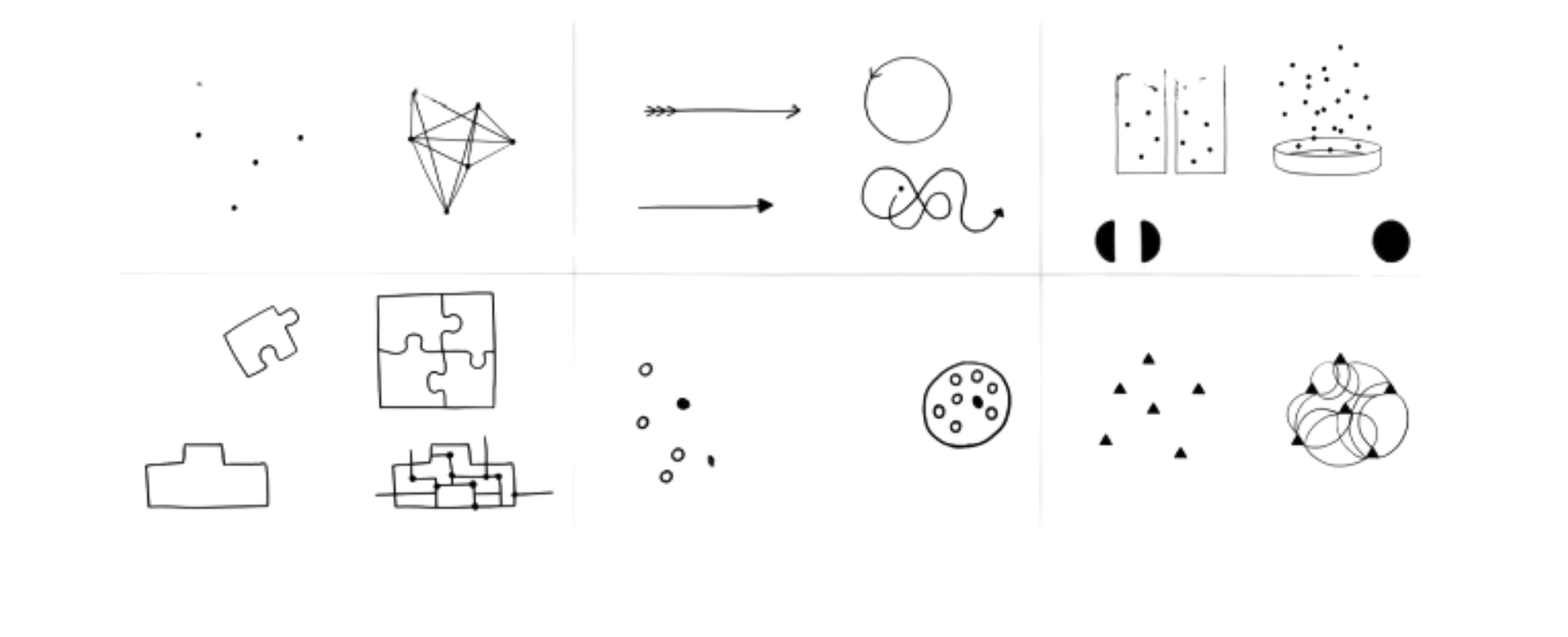5 Key Principles of Design Thinking and How They Can Revolutionize Your Workflow

Design thinking has become increasingly popular in recent years, as more and more businesses are looking for ways to innovate, create new products and services, and stay ahead of the curve. Design thinking is a creative, problem-solving process that centers around understanding user needs, creating prototypes and testing them quickly, and reflecting on successes and failures in order to make continual improvements. In this article, we’ll look at five key principles of design thinking and how they can be used to revolutionize businesses.

Become a Product Manager
Learn from top industry experts, get access to 1 year placement support and transition into product management at India's top tech companies.
Introduction to Design Thinking Principles
Design thinking is a creative process that involves understanding user needs, creating prototypes and testing them quickly, and reflecting on successes and failures in order to make continual improvements. This process is often used to develop new products and services, as well as to solve complex problems. The key principles of design thinking are: defining the problem, user-centered design, rapid prototyping and testing, and reflection.
Design thinking is a powerful tool for problem-solving, as it encourages creative solutions and allows for quick iteration. It is also a great way to foster collaboration between different teams and stakeholders, as it encourages open dialogue and feedback. By using design thinking, teams can develop innovative solutions that are tailored to the needs of their users.
The Power of Defining the Problem
The first step of design thinking is defining the problem. This involves understanding what the problem is and why it needs to be solved. It also involves exploring potential solutions. Being clear about the problem and the potential solutions will help focus the design process and ensure that it’s effective. It can also help to identify the key stakeholders involved in the project and ensure their needs are taken into account.
Defining the problem is an important part of the design process because it helps to ensure that the design team is working towards a common goal. It also helps to ensure that the design team is working in a way that is efficient and effective. By understanding the problem and the potential solutions, the design team can create a plan of action that will help them to achieve their desired outcome.
The Importance of User-Centered Design
User-centered design is an important aspect of design thinking. This involves understanding the needs of the user, their preferences, and their goals. It also involves creating products and services that are easy to use, engaging, and satisfying. By understanding the user’s needs, companies can create products that are tailored to their needs and better meet their expectations.
User-centered design is also beneficial for businesses, as it can help to reduce costs associated with product development and customer service. Additionally, it can help to increase customer satisfaction and loyalty, as customers are more likely to use products that are tailored to their needs. Finally, user-centered design can help to create a competitive advantage, as companies can create products that are more attractive to customers than those of their competitors.
Rapid Prototyping and Testing
Once a problem has been defined and a user-centered design is in place, it’s time to create prototypes and test them quickly. Rapid prototyping allows for quick iteration, meaning that changes can be made quickly based on feedback from users. Testing prototypes helps to identify issues with the design and make refinements quickly. This can save time and money and ensure that the product or service meets user needs.
Rapid prototyping and testing can also help to identify potential problems before they become costly to fix. By testing prototypes with users, designers can get feedback on usability and identify any areas that need improvement. This can help to ensure that the final product or service is of the highest quality and meets user needs.
The Role of Reflection in the Design Thinking Process
The final principle of design thinking is reflection. Reflection allows for a deeper understanding of the design process. It helps to identify what worked, what didn’t work, and what can be improved. It also involves looking at user feedback and making changes based on that. Reflection can help to ensure that the product or service meets user needs, as well as having a positive impact on the business.
In conclusion, design thinking is a powerful tool for businesses looking to innovate and stay ahead of the curve. By understanding the five key principles – defining the problem, user-centered design, rapid prototyping and testing, and reflection – businesses can revolutionize their products and services and create better experiences for their users.
Reflection is an important part of the design thinking process, as it allows for a more comprehensive understanding of the design process. It can help to identify areas of improvement, as well as provide insight into user feedback and preferences. Additionally, reflection can help to ensure that the product or service meets user needs and has a positive impact on the business. By taking the time to reflect on the design process, businesses can create better experiences for their users and stay ahead of the competition.

Become a Product Manager
Learn from top industry experts, get access to 1 year placement support and transition into product management at India's top tech companies.



